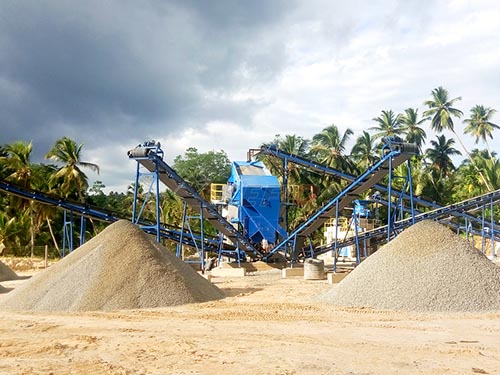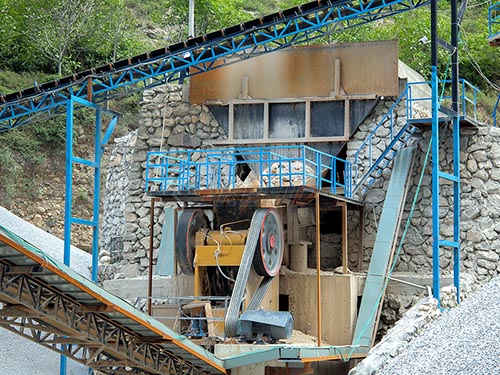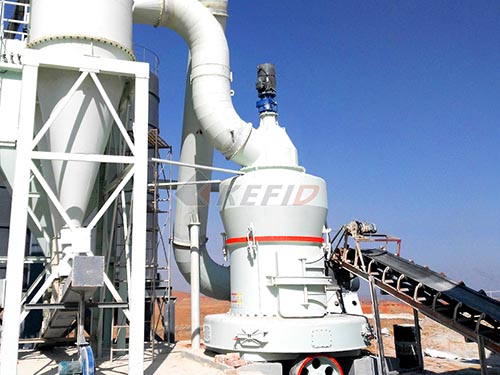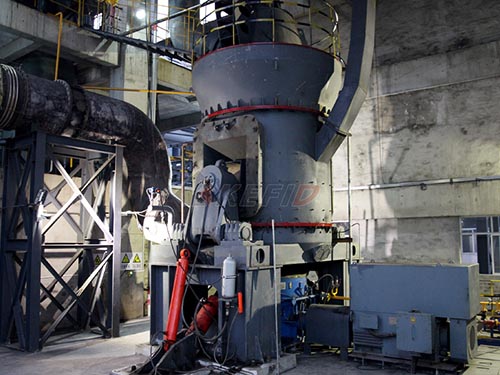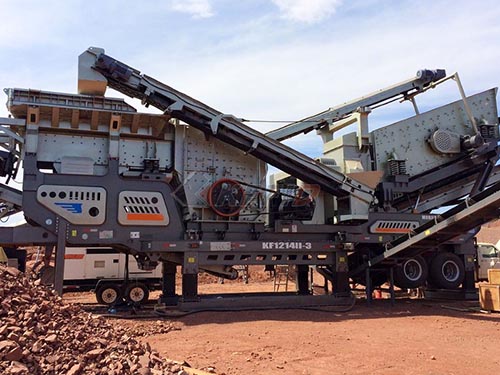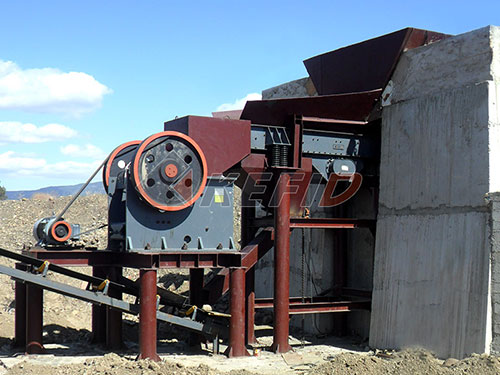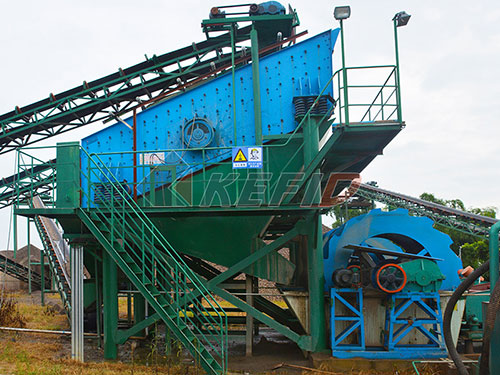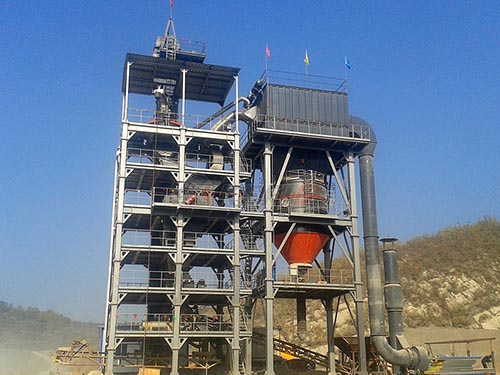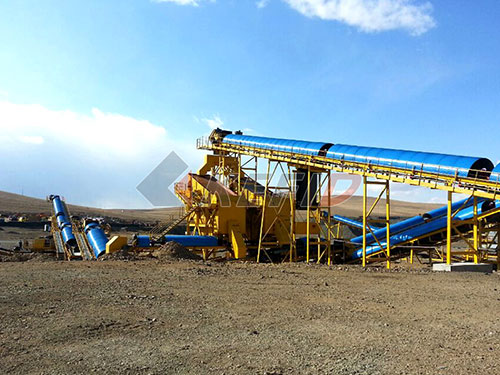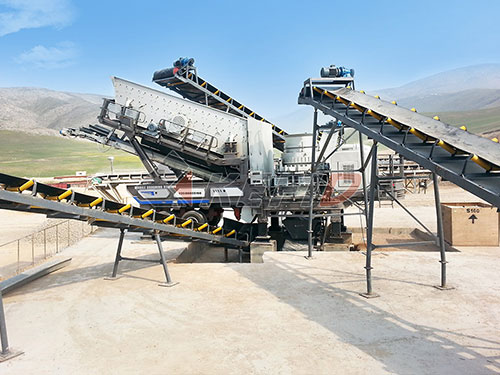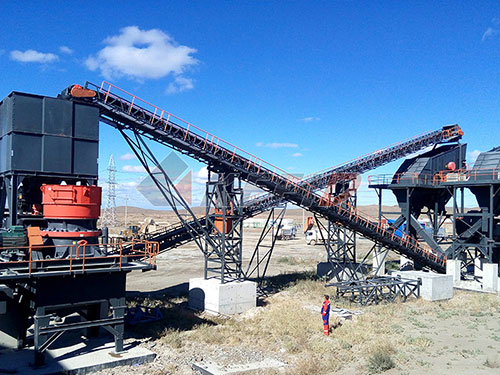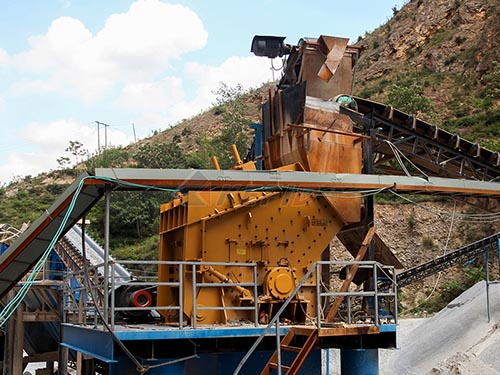
The Powerhouse on Wheels: Unpacking the 75-Ton Portable Cone Crusher
In the demanding world of aggregate production, mining, and large-scale recycling, mobility without sacrificing crushing power is a constant pursuit. Enter the 75-ton portable cone crusher – a formidable piece of engineering designed to bring high-capacity secondary and tertiary crushing directly to the raw material source. This class of equipment represents a significant leap in balancing portability with robust performance.
Core Concept: Crushing Where It Counts
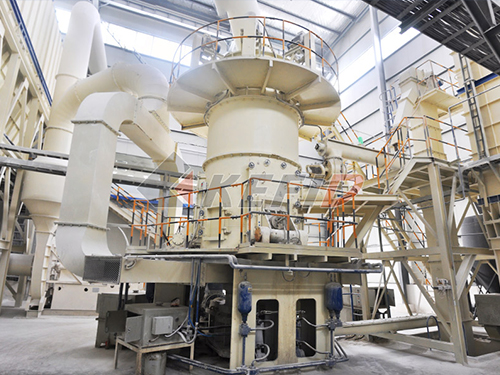
Unlike traditional stationary plants requiring extensive site preparation and infrastructure, a 75-ton portable cone crusher is built for rapid deployment. Mounted on robust heavy-duty trailers with hydraulic legs or crawler tracks, these units can be transported between sites or moved frequently within a large quarry or demolition project with relative efficiency. The core principle is simple: eliminate the cost and time associated with hauling raw material long distances to a fixed crusher by bringing the crushing power to the rock pile.
Advantages Driving Adoption
1. Unmatched Mobility & Rapid Setup: This is the defining feature. Hydraulic systems facilitate quick setup and leveling on relatively unprepared ground. Folding conveyors minimize transport width. Within hours, the plant can be operational after arrival.
2. Significant Crushing Capacity: Don’t let “portable” fool you. A well-designed 75-ton cone crusher houses powerful motors and robust crushing chambers capable of processing substantial tonnages – often in the range of 200 to over 400 tons per hour, depending on feed size, material hardness, and closed-circuit settings. This makes it suitable for medium to large-scale operations.
3. High-Quality End Product: Modern cone crushers excel at producing well-shaped, cubical aggregate essential for asphalt and concrete production. Advanced chamber designs and precise settings control allow operators to consistently achieve desired product specifications (sizes and shape).
4. Closed-Circuit Flexibility: Most portable cone setups incorporate an onboard screen (usually mounted on a separate trailer or integrated via stacking conveyors) creating a closed-circuit system. This allows for immediate recirculation of oversized material back into the crusher, maximizing efficiency and ensuring precise control over final product sizing without needing separate screening plants nearby.
5. Reduced Hauling Costs: By processing material directly at the extraction point or demolition site, transportation costs for raw feed are drastically minimized or eliminated entirely. This translates directly into significant operational savings.
6. Versatility Across


